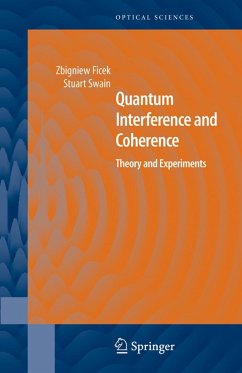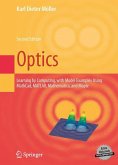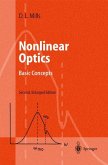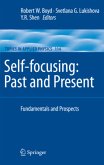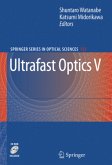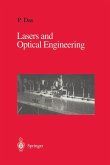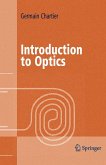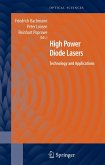This book brings together and discusses for the first time detailed analyses of the experiments with trapped ions, experiments on quantum beats, coherent population trapping, electromagnetically induced transparency (EIT), electromagnetically induced absorption, creation of dark-states polaritons, subluminal and superluminal light, realization of a Fock state, and interference experiments in atom optics on atom grating, momentum distribution, and atom tunneling. This book is unique in many respects and will fill a gap in the literature.
The ?eld that encompasses the term "quantum interference" combines a number of separate concepts, and has a variety of manifestations in d- ferent areas of physics. In the sense considered here, quantum interference is concerned with coherence and correlation phenomena in radiation ?elds and between their sources. It is intimately connected with the phenomenon of non-separability (or entanglement) in quantum mechanics. On account of this, it is obvious that quantum interference may be regarded as a com- nent of quantum information theory, which investigates the ability of the electromagnetic ?eld to transfer information between correlated (entangled) systems. Since it is important to transfer information with the minimum of corruption, the theory of quantum interference is naturally related to the theory of quantum ?uctuations and decoherence. Since the early days of quantum mechanics, interference has been - scribed as the real quantum mystery. Feynman, in his famous introduction to the lectures on the single particle superposition principle, referred in the following way to the phenomenon of interference: "it has in it the heart of quantum mechanics", and it is really 'the only mystery' of quantum mech- ics. With the development of experimental techniques, it has been possible to carry out many of the early Gedanken experiments that played an important role in developing our understanding of the fundamentals of quantum int- ference and entanglement. Despite its long history, quantum interference still challenges our understanding, and continues to excite our imagination.
Hinweis: Dieser Artikel kann nur an eine deutsche Lieferadresse ausgeliefert werden.
The ?eld that encompasses the term "quantum interference" combines a number of separate concepts, and has a variety of manifestations in d- ferent areas of physics. In the sense considered here, quantum interference is concerned with coherence and correlation phenomena in radiation ?elds and between their sources. It is intimately connected with the phenomenon of non-separability (or entanglement) in quantum mechanics. On account of this, it is obvious that quantum interference may be regarded as a com- nent of quantum information theory, which investigates the ability of the electromagnetic ?eld to transfer information between correlated (entangled) systems. Since it is important to transfer information with the minimum of corruption, the theory of quantum interference is naturally related to the theory of quantum ?uctuations and decoherence. Since the early days of quantum mechanics, interference has been - scribed as the real quantum mystery. Feynman, in his famous introduction to the lectures on the single particle superposition principle, referred in the following way to the phenomenon of interference: "it has in it the heart of quantum mechanics", and it is really 'the only mystery' of quantum mech- ics. With the development of experimental techniques, it has been possible to carry out many of the early Gedanken experiments that played an important role in developing our understanding of the fundamentals of quantum int- ference and entanglement. Despite its long history, quantum interference still challenges our understanding, and continues to excite our imagination.
Hinweis: Dieser Artikel kann nur an eine deutsche Lieferadresse ausgeliefert werden.

